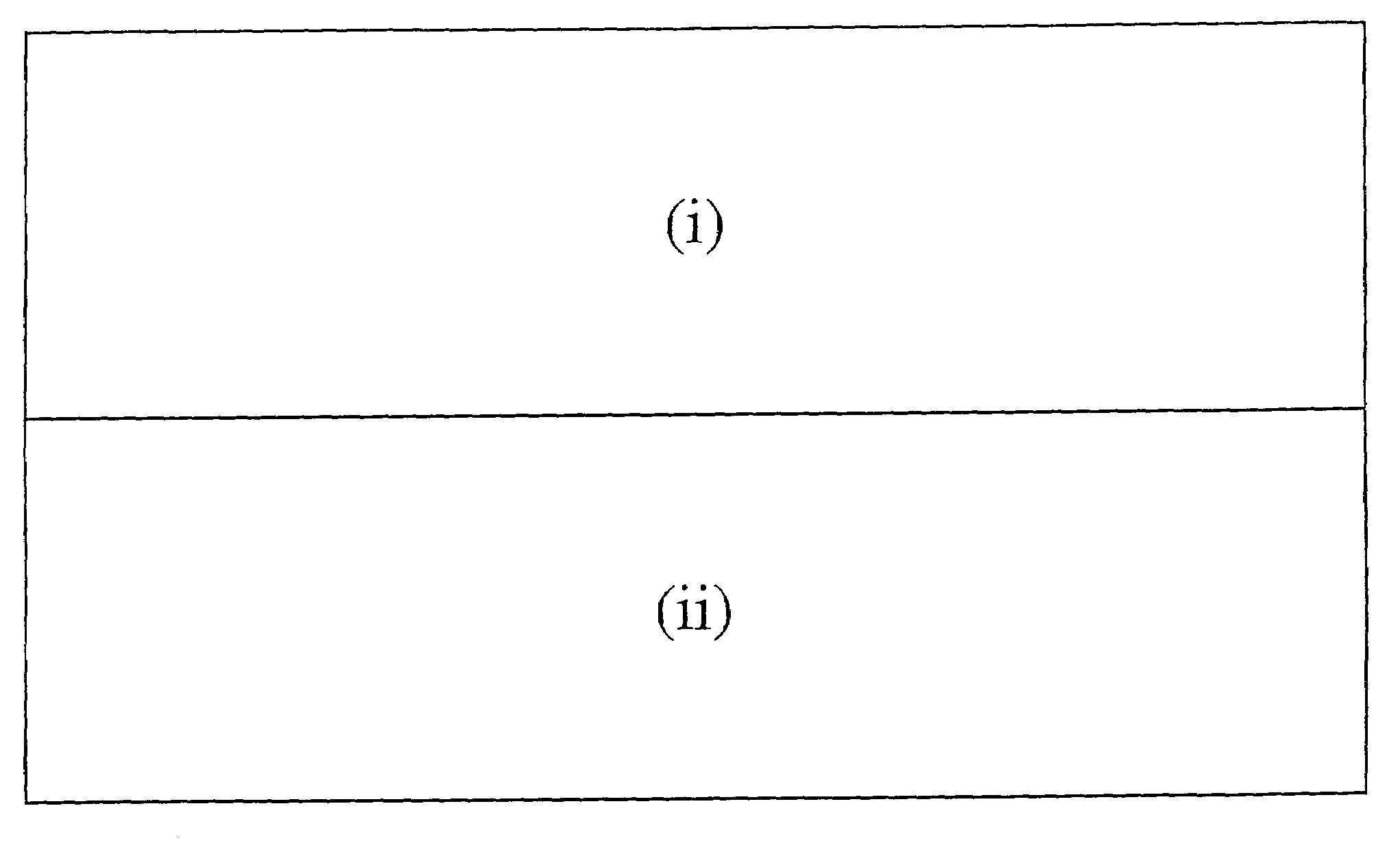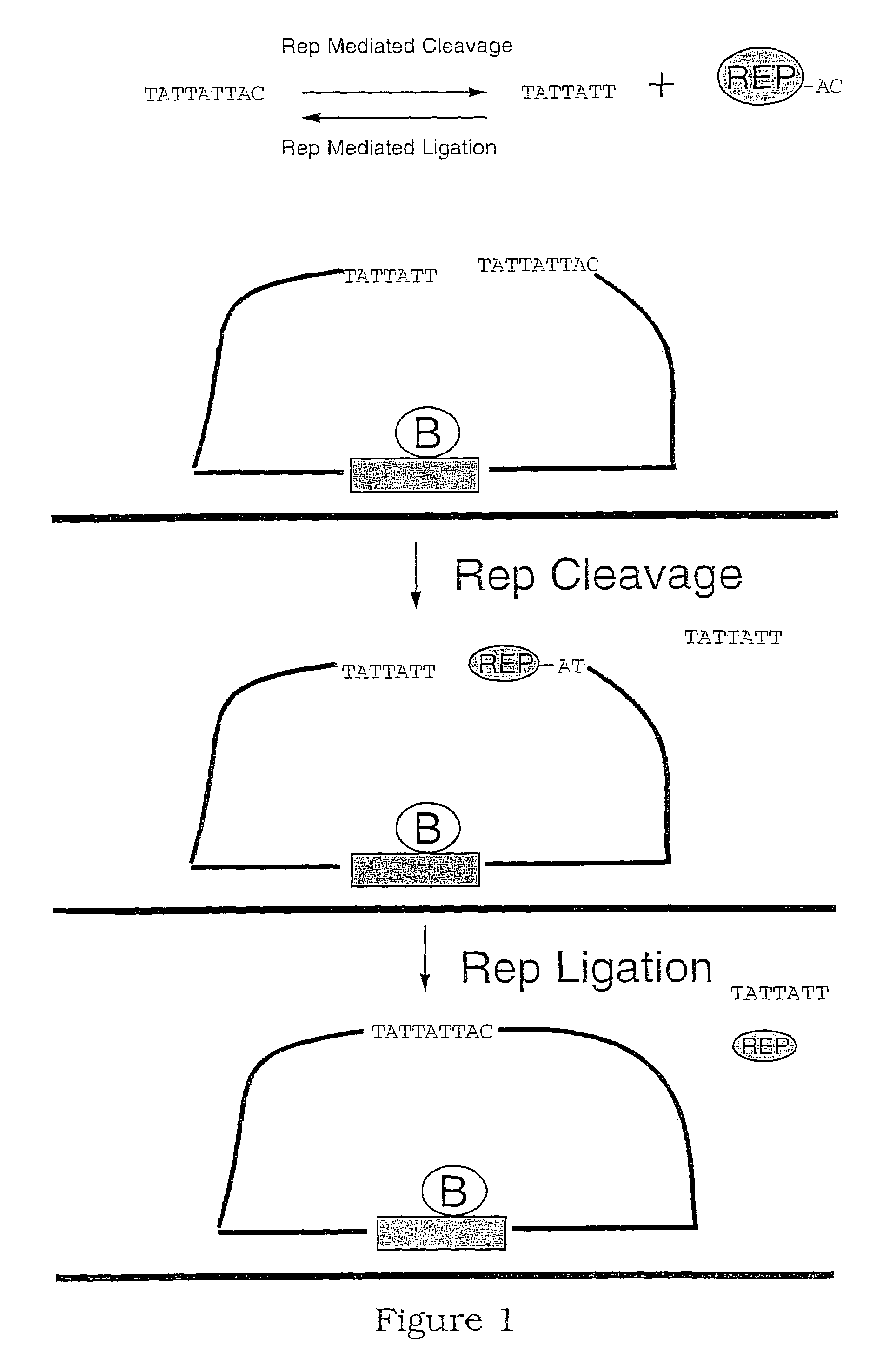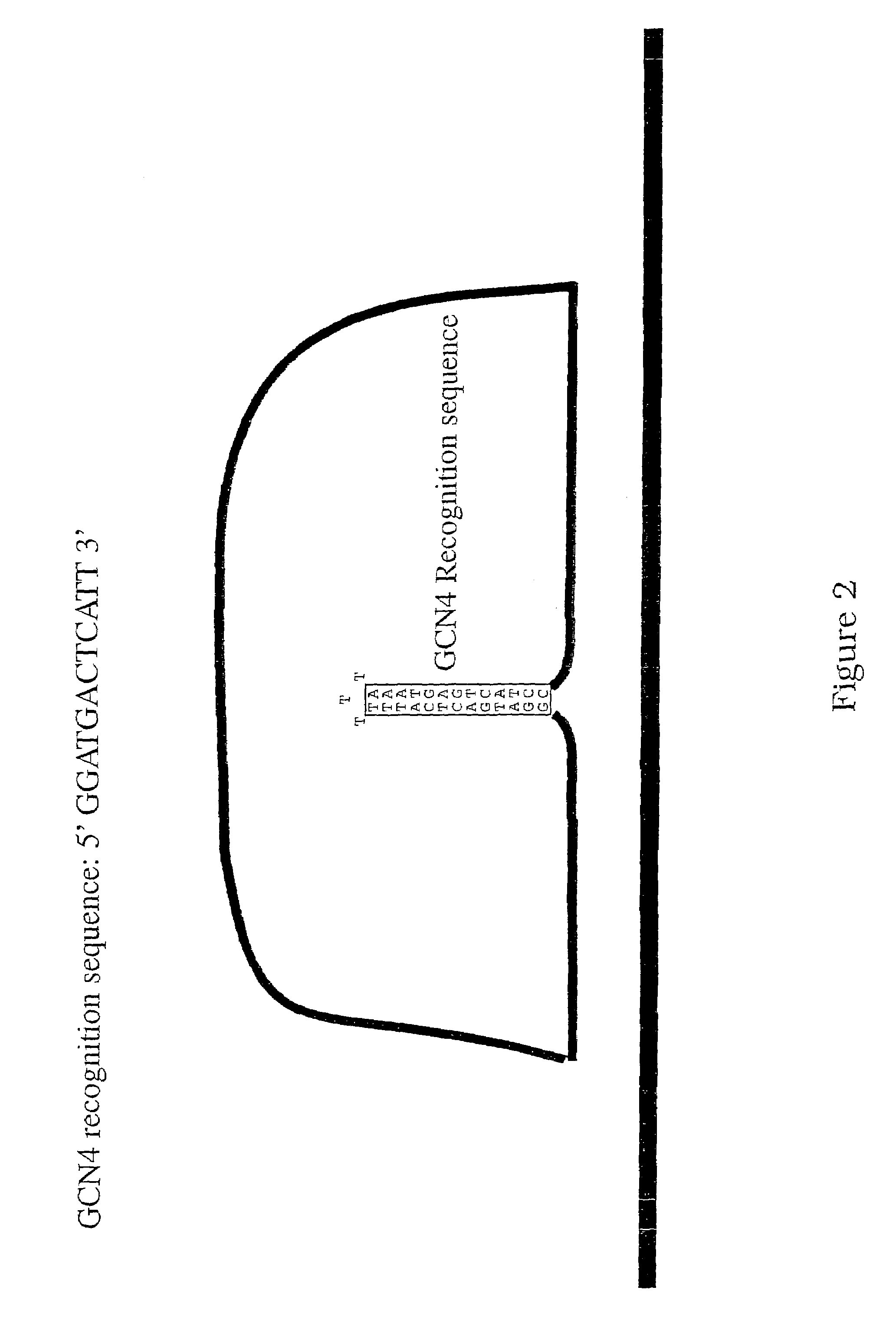Methods of forming circular nucleic acid probes and uses thereof
a technology of nucleic acid probes and probes, which is applied in the field of amplifying closed circular nucleic acid probes, can solve the problems of background amplification, significant problem and limitation of rolling circle amplification, and major source of false positives
- Summary
- Abstract
- Description
- Claims
- Application Information
AI Technical Summary
Benefits of technology
Problems solved by technology
Method used
Image
Examples
example 1
AmpX Analysis—Materials
Bacterial Strains
[0127]E. coli strain PNG801 is a derivative of the E. coli K12 wildtype strain W1485 (obtained from N. Kleckner, Harvard University). The mini-transposon Tn10 (No. 103), encoding a kanamycin resistance gene was introduced into E. coli strain W1485 (10). From the resulting kanamycin resistant poolate one strain was selected and named PNG801. E. coli DH5α which has been described previously (Gibco, BRL) was used as a negative control, representing an E. coli genome not containing the mini-transposon. Genomic DNA was extracted from both E. coli strains (11) and resuspended in TE buffer.
Primers
[0128]Oligonucleotides were purchased from Bresatec and Gibco BRL and synthesized using standard phosphoramidite chemistry. Oligonucleotides used as templates in the amplification reactions were gel purified to homogeneity while all others were supplied as desalted preparations.
AmpX Amplification Reactions
[0129]DNA was amplified in 60 μL reactions containing...
example 2
AmpX Analysis—Results
AmpX Amplification from a Synthetic ssDNA Molecule
[0133]A synthetic 90 mer oligonucleotide of random sequence was synthesized and used as a template in initial amplification reactions (FIG. 5A). A variety of smaller primers were also synthesized, based on the sequence of the template molecule. These were designed such that they varied in size, orientation and position with respect to the template molecule (FIG. 5A).
[0134]Various combinations of opposing primers were used in amplification reactions. Typically, 1 pmol of template was mixed with 16 pmol of each primer. Following denaturation and equilibration to 60° C., the reactions were initiated by the addition of the strand-displacing, exonuclease minus Bst DNA polymerase. The reactions were then incubated at 60° C. for 3 hrs before products were examined by agarose gel electrophoresis (FIG. 5B).
[0135]A population of products was produced from each of these reactions which had characteristic banding patterns, r...
example 3
Padlock Circularisation for Rolling Circle Amplification
Tagged Spacer Protocol
[0150]This procedure outlines the general method for generation of closed circular probes utilizing tagged spacer oligonucleotides complementary to the target of interest. The experimental design for the padlock probes, target sequences and other essential components is illustrated in FIG. 9.
[0151]A 50 μL reaction volume contained 1 pmol of padlock oligonucleotide, 1 pmol of spacer oligonucleotide and 1 pmol of synthetic oligonucleotide target in ligation buffer (20 mM Tris-HCl, pH 8.3, 25 mM KCl, 10 mM MgCl2, 0.5 mM NAD, 0.01% v / v Triton X-100). The reaction was initially heated to 94° C. for 3 minutes. Once the tube had reached 94° C., 1 μL of Ampligase (5 U / μL; Epicentre Technologies) was added. The reaction was then cooled to 60° C. and incubated for 1 hour to allow the ligation to take place.
Gap-Fill Protocol
[0152]This procedure outlines the protocol for the generation of closed circular probes utiliz...
PUM
| Property | Measurement | Unit |
|---|---|---|
| pH | aaaaa | aaaaa |
| pH | aaaaa | aaaaa |
| pH | aaaaa | aaaaa |
Abstract
Description
Claims
Application Information
 Login to View More
Login to View More - R&D
- Intellectual Property
- Life Sciences
- Materials
- Tech Scout
- Unparalleled Data Quality
- Higher Quality Content
- 60% Fewer Hallucinations
Browse by: Latest US Patents, China's latest patents, Technical Efficacy Thesaurus, Application Domain, Technology Topic, Popular Technical Reports.
© 2025 PatSnap. All rights reserved.Legal|Privacy policy|Modern Slavery Act Transparency Statement|Sitemap|About US| Contact US: help@patsnap.com



